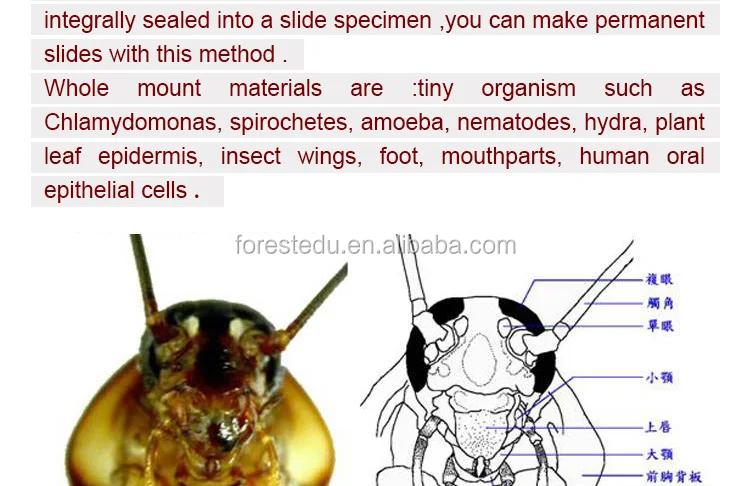Understanding Insects Attracted to Moisture: How to Manage Them in Your Home
#### Insects Attracted to MoistureInsects attracted to moisture are a common nuisance in many households. These pests thrive in damp environments, making th……
#### Insects Attracted to Moisture
Insects attracted to moisture are a common nuisance in many households. These pests thrive in damp environments, making them a frequent problem in areas with high humidity or poor ventilation. Understanding these insects and their behaviors is crucial for effective management and prevention.
#### Common Types of Insects Attracted to Moisture
Several types of insects are particularly drawn to moisture. Among them, you will find:
- **Silverfish**: These small, wingless insects are known for their silvery appearance and their love for dark, humid spaces. They often inhabit basements, bathrooms, and kitchens, where they can find both moisture and food sources like paper and starch.
- **Cockroaches**: These resilient pests are notorious for their ability to thrive in various environments, but they particularly favor moist areas. They are often found in kitchens and bathrooms, where water sources are prevalent.
- **Termites**: While not typically thought of as "insects attracted to moisture," termites require moisture to thrive and are often found in damp wood or soil. They can cause significant damage to homes if left unchecked.
- **Fungus Gnats**: These small flies are often found in overwatered houseplants and damp soil. They are attracted to moisture and can become a nuisance indoors, especially in greenhouses and homes with many plants.

#### Why Do Insects Prefer Moist Environments?
Moisture is essential for the survival of many insects. It provides them with the hydration they need to live and reproduce. Additionally, damp environments often harbor food sources such as mold, decaying organic matter, and other insects. This makes moist areas a perfect habitat for these pests.
#### How to Identify Moisture-Attracted Insects
Identifying insects attracted to moisture can be straightforward if you know what to look for. Signs of an infestation may include:
- **Visible Insects**: Spotting silverfish or cockroaches in areas with high humidity can be a clear indication of a problem.
- **Droppings**: Insects often leave behind droppings, which can be a telltale sign of their presence.

- **Damage**: For termites, look for signs of wood damage, such as hollowed-out wood or mud tubes leading to your home.
- **Mold Growth**: Excess moisture can lead to mold growth, which can attract various insects.
#### Preventing Insects Attracted to Moisture
To manage insects attracted to moisture, it’s essential to take preventive measures:
1. **Reduce Humidity**: Use dehumidifiers in areas prone to moisture, such as basements and bathrooms. Keeping indoor humidity levels below 50% can deter many moisture-loving insects.
2. **Fix Leaks**: Regularly check for and repair any leaks in plumbing, roofs, or walls. Standing water can attract insects.

3. **Improve Ventilation**: Ensure proper airflow in your home. Open windows, use exhaust fans, and consider installing vents in areas that tend to trap moisture.
4. **Store Food Properly**: Keep food stored in airtight containers to prevent attracting pests. Clean up spills and crumbs promptly.
5. **Regular Cleaning**: Regularly clean areas prone to moisture, such as bathrooms and kitchens, to remove any potential food sources for insects.
#### Conclusion
Insects attracted to moisture can be a significant problem in homes, but with proper identification and preventive measures, you can effectively manage and reduce their presence. By understanding the behaviors of these pests and taking steps to minimize moisture in your home, you can create an environment that is less inviting to these unwanted visitors.